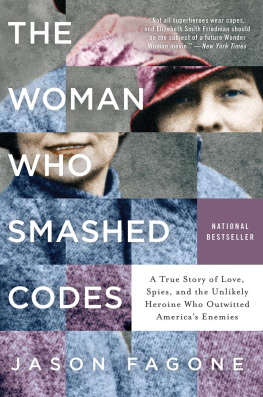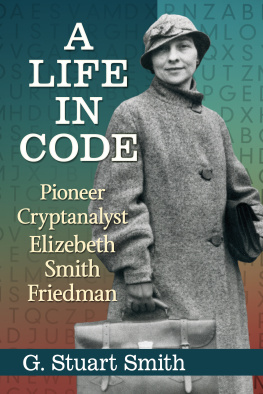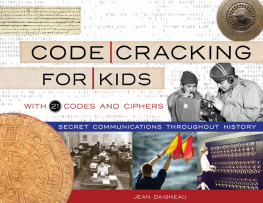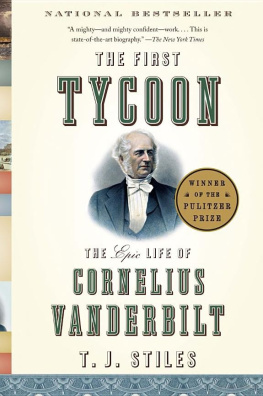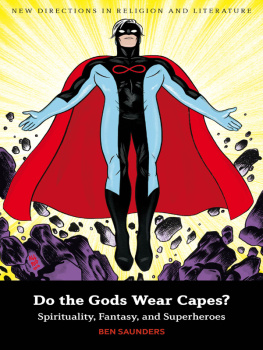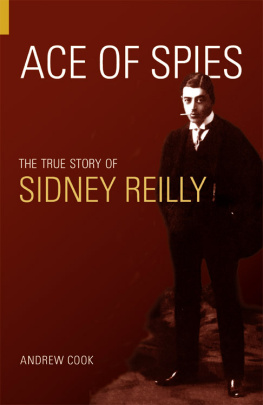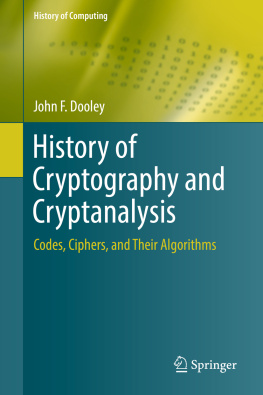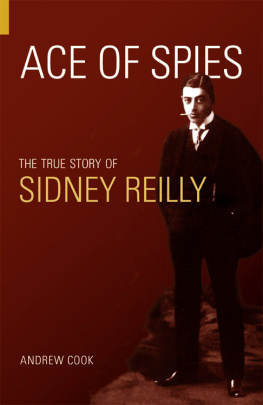Jason Fagone - The Woman Who Smashed Codes: A True Story of Love, Spies, and the Unlikely Heroine Who Outwitted Americas Enemies
Here you can read online Jason Fagone - The Woman Who Smashed Codes: A True Story of Love, Spies, and the Unlikely Heroine Who Outwitted Americas Enemies full text of the book (entire story) in english for free. Download pdf and epub, get meaning, cover and reviews about this ebook. year: 2017, publisher: HarperCollins, genre: Art. Description of the work, (preface) as well as reviews are available. Best literature library LitArk.com created for fans of good reading and offers a wide selection of genres:
Romance novel
Science fiction
Adventure
Detective
Science
History
Home and family
Prose
Art
Politics
Computer
Non-fiction
Religion
Business
Children
Humor
Choose a favorite category and find really read worthwhile books. Enjoy immersion in the world of imagination, feel the emotions of the characters or learn something new for yourself, make an fascinating discovery.
- Book:The Woman Who Smashed Codes: A True Story of Love, Spies, and the Unlikely Heroine Who Outwitted Americas Enemies
- Author:
- Publisher:HarperCollins
- Genre:
- Year:2017
- Rating:5 / 5
- Favourites:Add to favourites
- Your mark:
The Woman Who Smashed Codes: A True Story of Love, Spies, and the Unlikely Heroine Who Outwitted Americas Enemies: summary, description and annotation
We offer to read an annotation, description, summary or preface (depends on what the author of the book "The Woman Who Smashed Codes: A True Story of Love, Spies, and the Unlikely Heroine Who Outwitted Americas Enemies" wrote himself). If you haven't found the necessary information about the book — write in the comments, we will try to find it.
National Bestseller
NPR Best Book of the Year
Not all superheroes wear capes, and Elizebeth Smith Friedman should be the subject of a future Wonder Woman movie. The New York Times
Joining the ranks of Hidden Figures and In the Garden of Beasts, the incredible true story of the greatest codebreaking duo that ever lived, an American woman and her husband who invented the modern science of cryptology together and used it to confront the evils of their time, solving puzzles that unmasked Nazi spies and helped win World War II.
In 1916, at the height of World War I, brilliant Shakespeare expert Elizebeth Smith went to work for an eccentric tycoon on his estate outside Chicago. The tycoon had close ties to the U.S. government, and he soon asked Elizebeth to apply her language skills to an exciting new venture: code-breaking. There she met the man who would become her husband, groundbreaking cryptologist William Friedman. Though she and Friedman are in many ways the Adam and Eve of the NSA, Elizebeths story, incredibly, has never been told.
In The Woman Who Smashed Codes, Jason Fagone chronicles the life of this extraordinary woman, who played an integral role in our nations history for forty years. After World War I, Smith used her talents to catch gangsters and smugglers during Prohibition, then accepted a covert mission to discover and expose Nazi spy rings that were spreading like wildfire across South America, advancing ever closer to the United States. As World War II raged, Elizebeth fought a highly classified battle of wits against Hitlers Reich, cracking multiple versions of the Enigma machine used by German spies. Meanwhile, inside an Army vault in Washington, William worked furiously to break Purple, the Japanese version of Enigmaand eventually succeeded, at a terrible cost to his personal life.
Fagone unveils Americas code-breaking history through the prism of Smiths life, bringing into focus the unforgettable events and colorful personalities that would help shape modern intelligence. Blending the lively pace and compelling detail that are the hallmarks of Erik Larsons bestsellers with the atmosphere and intensity of The Imitation Game, The Woman Who Smashed Codes is page-turning popular history at its finest.
Jason Fagone: author's other books
Who wrote The Woman Who Smashed Codes: A True Story of Love, Spies, and the Unlikely Heroine Who Outwitted Americas Enemies? Find out the surname, the name of the author of the book and a list of all author's works by series.

